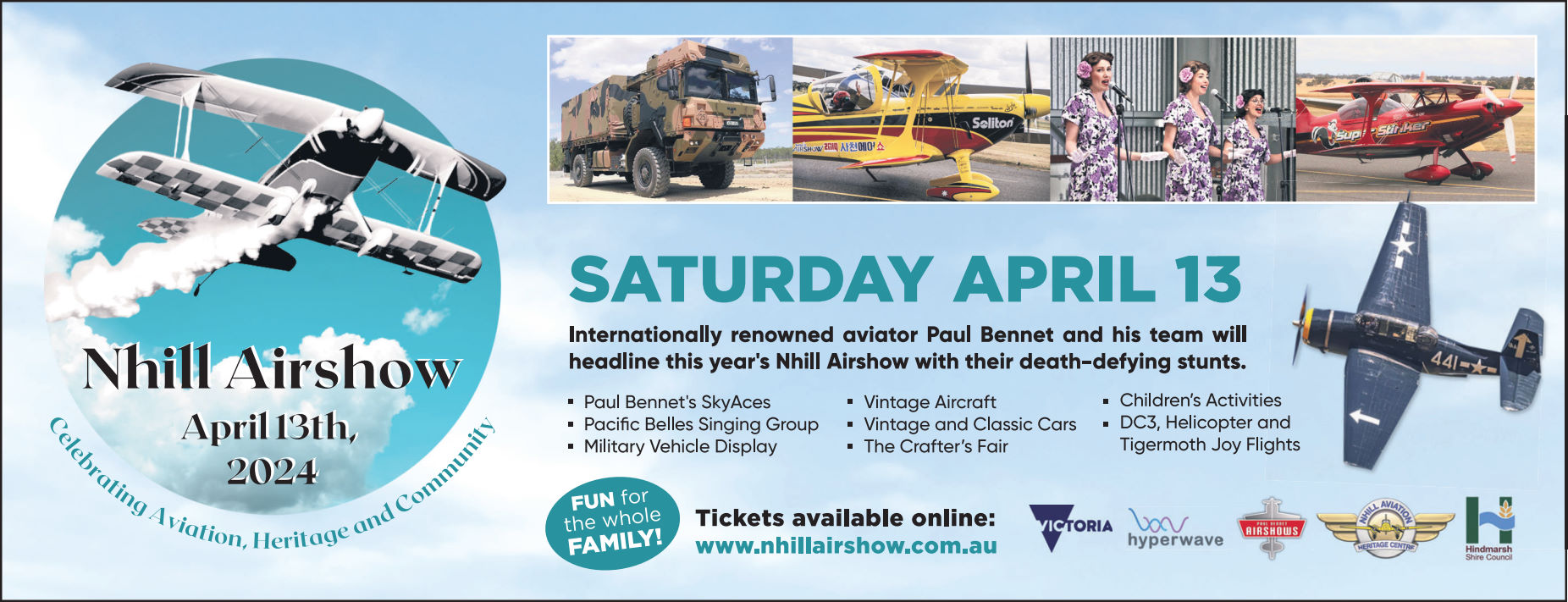CFA recognises that in the Wimmera private equipment is an essential part of the community’s response to fire. A key principle of this community response is that it be done with safety as number one priority.
CFA has produced a set of Guidelines for Operating Private Equipment at Fires that provide important information for how to safely respond to fires alongside CFA fire tankers.
CFA Operations Manager Craig Brittain said, “Private equipment may include slip on units, water trailers and water tankers that are appropriately set up for firefighting, along with farm machinery and heavy plant. The guidelines can assist you with setting up your equipment for safe use, and how to operate on the fireground. It also provides valuable information on fire behaviour.”
“When you arrive on scene, present yourself to the nearest fire tanker or command vehicle, usually marked CFA with lights and sirens, and take instruction from the CFA member in charge. We ask that you work co-operatively with CFA crews to ensure your own safety and effective firefighting. “
“Be aware of the situation around you and any hazards likely to cause harm. Be particularly careful about vehicles moving in poor visibility and hazardous trees which may fall without warning.”
“It’s really important to wear appropriate personal protective clothing and safety gear, such as long trousers, work boots, long sleeves, gloves, goggles, a helmet and a face mask to protect you from smoke inhalation. Conditions on even a small grass fire can produce strong smoke and ash that can damage eyes and airways.”
“Firefighting can be arduous, both physically and mentally. Know and work within your personal limits and ability, and within the capability of your equipment. Tasks performed by trailer units should be carefully considered due to their reduced manoeuvrability. People should not ride on trailer units.”
“It is most important to maintain communications, by direct contact in person and over the airways, using UHF radio and mobile phones. Ask a CFA member for the UHF channel they will be using. CFA crews need to be able to let you know when to move out of the way so a fire bombing aircraft can drop water on the fire.”
Each type of fire creates its own peculiar hazards, which will require constant monitoring to ensure safe work practices are observed and carried out at all times. The guidelines provide advice on equipment, fire awareness, fire behaviour and checklists.
For your safety and those you are working with, please obtain a copy of the guidelines from the CFA website or from the CFA District 17 Office at McLachlan Street, Horsham.
|






